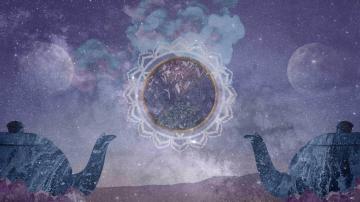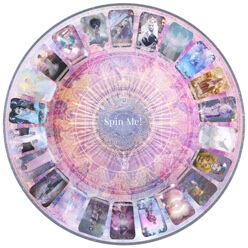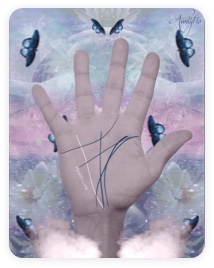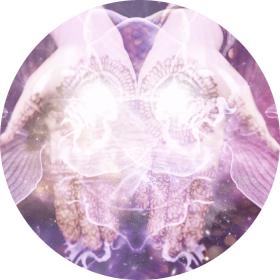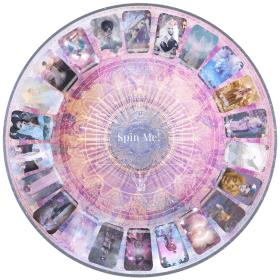Ankh
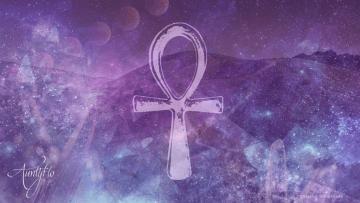
Uncover hidden tea leaf meanings
The Ankh is known as the key of life.
Be happy because you’ve found an ankh in your teacup, it is a very favourable sign! The ankh is a magical, Egyptian figure representing life, regeneration, creative power, increase and abundance.
Egyptologists named this the symbol of life. If this symbol appears in your tea leaf reading it indicates there is a need for instability in a relationship. In addition, it is important that you make a good first impression.
Ancient tea leaf reading dictionaries indicate that you will be controlling people who are young and as a result great many of them will learn from you. Where spiritual matters are concerned, it signifies the triumph of soul over matter.
There is also a deeper determination and a sense of being able to cope well in an emergency. As this symbol indicates a life force there is a strong powerful sense that the drinker will be able to analyse well the pros and cons of a problematic situation.
Hope and optimism should run high, until the balance is returned. It is also important to ensure that you have keenness and enthusiasm for life.
In your teacup you may have:
- Seen an ankh in your teacup.
- The ankh symbol is broken.
- Observed more than one ankh.
Meaning of tea leaves placements of an ankh
Top of teacup: the ankh is the design of the ultimate key to the road of life. There is an element of unconscious programming that you have not yet explored, this means there is a whole program of meditation that you could benefit from. This symbol is symbolic of life, and this is a recommendation that it is time to refresh and renew yourself and your mind.
Bottom of teacup: for this symbol to present itself at the bottom of the teacup indicates the dynamics of life have been hard to understand. This is also a positive symbol providing you with a guarantee of good times ahead. You will be more positive and happy in the near future.
Near handle: featured upon the handle the ankh indicates favourable times ahead.
Elsewhere: see the interpretation outlined in the first paragraph.
By Florance Saul
Oct 20, 2012

